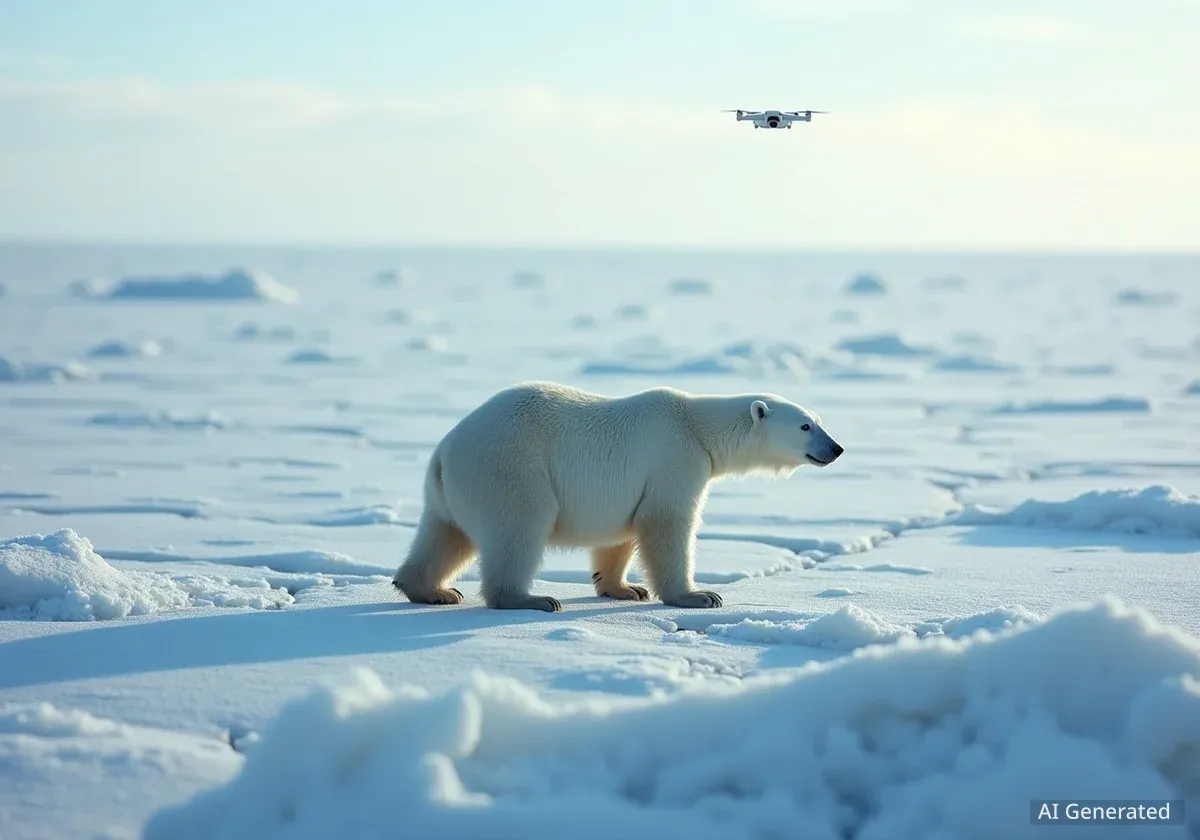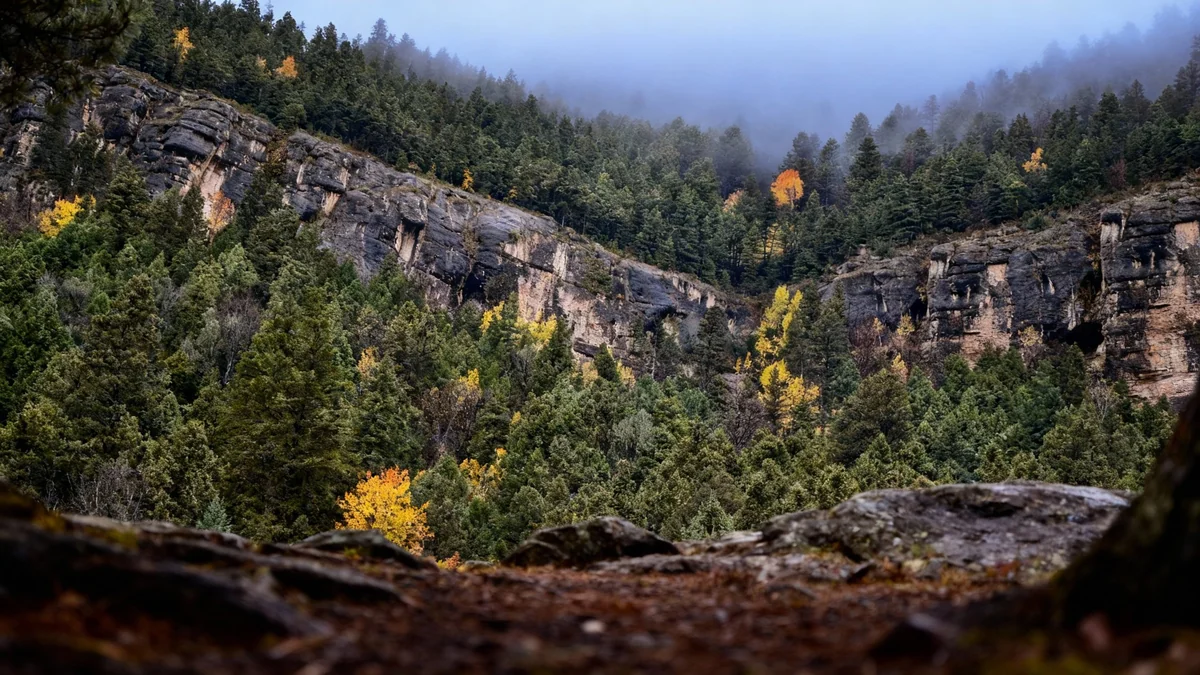A 20-year-old photographer from Massachusetts is employing innovative camera technology to document the rapidly vanishing salt marshes of Wellfleet. His goal is to raise awareness about these critical ecosystems, which are under severe threat from rising sea levels and human development.
Key Takeaways
- Soren Goldsmith, a National Geographic Young Explorer, is photographing salt marshes in Wellfleet, Massachusetts.
- He developed a unique amphibious camera trap called IMPACT to capture wildlife in intertidal zones.
- Salt marshes are vital for coastal protection and carbon storage but are disappearing quickly due to climate change.
- Goldsmith hopes his work will inspire action to protect these ecosystems.
Innovative Photography Reveals Hidden Worlds
Soren Goldsmith, a National Geographic Young Explorer, is capturing images of coastal marshes in Wellfleet, Massachusetts. His work stands out not only for its beauty but also for the method he uses. Goldsmith, who is 20 years old, has developed specialized equipment to photograph these unique environments.
Traditional wildlife photography often uses camera traps, which activate when motion is detected. However, these tools are rarely suitable for underwater use. Goldsmith faced this challenge in salt marshes, which are intertidal zones. This means they are dry for part of the day but submerged under water for the other part.
"Salt marshes are intertidal environments, which means that half the day they're going to be dry, but the other half of the day, the water is going to come up and cover this landscape. I had this idea of what if I could build an amphibious camera trap." — Soren Goldsmith
Fact: What is an Intertidal Zone?
An intertidal zone is the area of a marine ecosystem that is exposed to the air at low tide and submerged at high tide. These zones are often characterized by harsh conditions and unique biodiversity.
Building the Amphibious Camera Trap
Goldsmith named his invention IMPACT, which stands for Intertidal Motion Picture Activated Camera Trap. This device is designed to operate for a week in the marsh, capturing images both above and below the waterline. The development of IMPACT required significant engineering expertise.
Goldsmith pursued engineering studies at the University of Wisconsin. There, he gained access to a wide range of resources and collaborators. Mechanical, environmental, civil, and computer engineers combined their knowledge to bring the complex camera trap to life. They spent months on its construction, ensuring every component fit correctly and, critically, that it was completely waterproof.
This collaborative effort was essential to overcome the technical challenges of creating a camera system that could withstand the dynamic conditions of a salt marsh. The device needed to be robust enough to prevent flooding while submerged.
The Vital Role of Salt Marshes
Goldsmith's project highlights the critical importance of salt marshes. These biodiverse ecosystems provide numerous benefits. They play a significant role in preventing coastal erosion, protecting shorelines from the impact of waves and storms. Moreover, salt marshes are highly effective at storing large amounts of carbon. This makes them crucial in the global effort to mitigate climate change.
Despite their importance, salt marshes are particularly vulnerable to the effects of climate change. Their low elevation means even a small rise in sea level can have a dramatic impact. An increase of just an inch can significantly alter these landscapes. This leads to more frequent flooding and accelerated erosion. The marshes struggle to replenish themselves at the same rate they are disappearing.
Context: Climate Change Impacts
Global sea levels are rising primarily due to thermal expansion of ocean water and the melting of glaciers and ice sheets. This rise poses a direct threat to low-lying coastal areas and ecosystems like salt marshes.
Threats and Future Outlook
The problem is compounded by human development along coastlines. Many projections suggest that salt marshes could disappear very quickly, potentially by the end of the century. This loss would have severe consequences for coastal communities and global climate efforts.
Goldsmith remains optimistic despite these grim predictions. He believes that new tools and technologies can help combat climate change and raise public awareness. He points out that some of the technologies he uses today would not have been possible even 15 years ago. This rapid advancement offers new opportunities for environmental conservation.
"Some of the stuff that I have been able to build, 15 years ago would not have been possible. I'm lucky to be young right now, when I have all of these cool technology and opportunities that I can leverage to tell my stories that older people might not have had." — Soren Goldsmith
His work in Wellfleet is an example of how innovation and dedication can shed light on critical environmental issues. By visually documenting the life within these threatened marshes, Goldsmith hopes to inspire a greater sense of urgency and action among the public and policymakers alike.
Inspiring Action Through Photography
The stunning images captured by Goldsmith's IMPACT system aim to create a powerful emotional connection with viewers. He believes that seeing the beauty and fragility of these ecosystems firsthand can motivate people to protect them. The unique perspective offered by his amphibious camera provides insights into a hidden world that few ever witness.
His project serves as a reminder that understanding and appreciating natural environments is the first step towards conservation. As sea levels continue to rise and human pressures intensify, the work of individuals like Goldsmith becomes increasingly important in the fight to preserve vital natural resources.
The ongoing documentation of Wellfleet's salt marshes provides valuable scientific data and compelling visual evidence of environmental change. This combination is essential for fostering public engagement and supporting conservation initiatives aimed at protecting these invaluable coastal wetlands for future generations.




